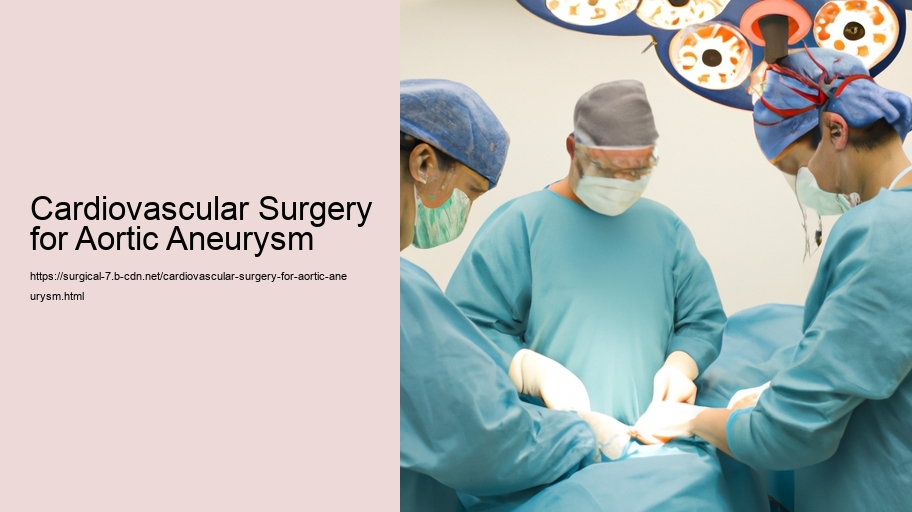Cardiovascular surgery for aortic aneurysm represents a complex and critical field within cardiac care, combining the intricate knowledge of cardiovascular anatomy with advanced surgical techniques. The aortic aneurysm, a ballooning or dilation of the aorta-the main artery that carries blood away from the heart to the rest of the body-is a silent but potentially deadly condition that can lead to catastrophic consequences if left untreated.
To understand the gravity of this condition and the need for surgical intervention, one must appreciate the role of the aorta in the cardiovascular system. As the largest artery, the aorta is the primary conduit for oxygenated blood, and any weakness in its walls can spell trouble. Aortic aneurysms can occur in any segment of the aorta but are most commonly found in the abdominal and thoracic regions.
The causes of aortic aneurysms are varied, including genetic conditions like Marfan syndrome, lifestyle factors such as hypertension and smoking, and atherosclerosis, which is the build-up of plaque on artery walls. Over time, the pressure from the blood flow can cause the weakened area to expand like a balloon. If the aneurysm grows large enough, it can rupture, leading to severe internal bleeding and, if not treated promptly, death.
The decision to proceed with cardiovascular surgery hinges on multiple factors: the size and growth rate of the aneurysm, its location, and the patient's overall health and risk factors. The surgical goal is to repair the damaged section of the aorta and reinforce it to prevent rupture. There are two main types of surgical procedures for aortic aneurysms: open repair and endovascular repair.
Open repair surgery is the traditional approach and involves a large incision in the chest or abdomen to access the aorta. The surgeon removes the aneurysmal section and replaces it with a synthetic tube, or graft, which is sewn into place. This procedure requires a lengthy hospital stay and recovery period but is often necessary for large or complex aneurysms.
Endovascular repair, on the other hand, is a minimally invasive technique where surgeons insert a stent graft through small incisions in the groin. Guided by imaging techniques, the stent graft is maneuvered into place within the aorta to reinforce the vessel wall and redirect blood flow, thereby excluding the aneurysm. This approach generally results in less pain, quicker recovery, and shorter hospital stays but may not be suitable for all types of aneurysms.
The success of cardiovascular surgery for aortic aneurysm depends on several factors, including the skill of the surgical team, the patient's health, and the timeliness of the intervention. Postoperative care is equally crucial, with patients requiring regular check-ups and imaging studies to ensure the graft's integrity and the absence of new aneurysms.
Advancements in medical technology and surgical techniques continue to improve the outcomes for patients with aortic aneurysms. However, the best strategy remains prevention and early detection. Regular check-ups, managing risk factors like hypertension, and quitting smoking are critical steps in preventing the development or worsening of an aneurysm.
In conclusion, cardiovascular surgery for aortic aneurysm is a lifesaving intervention that requires a blend of medical expertise, precision, and technological support. It exemplifies the remarkable achievements of modern medicine in its ability to address conditions that were once untreatable, offering hope and extended life to those affected by this stealthy yet dangerous ailment.
